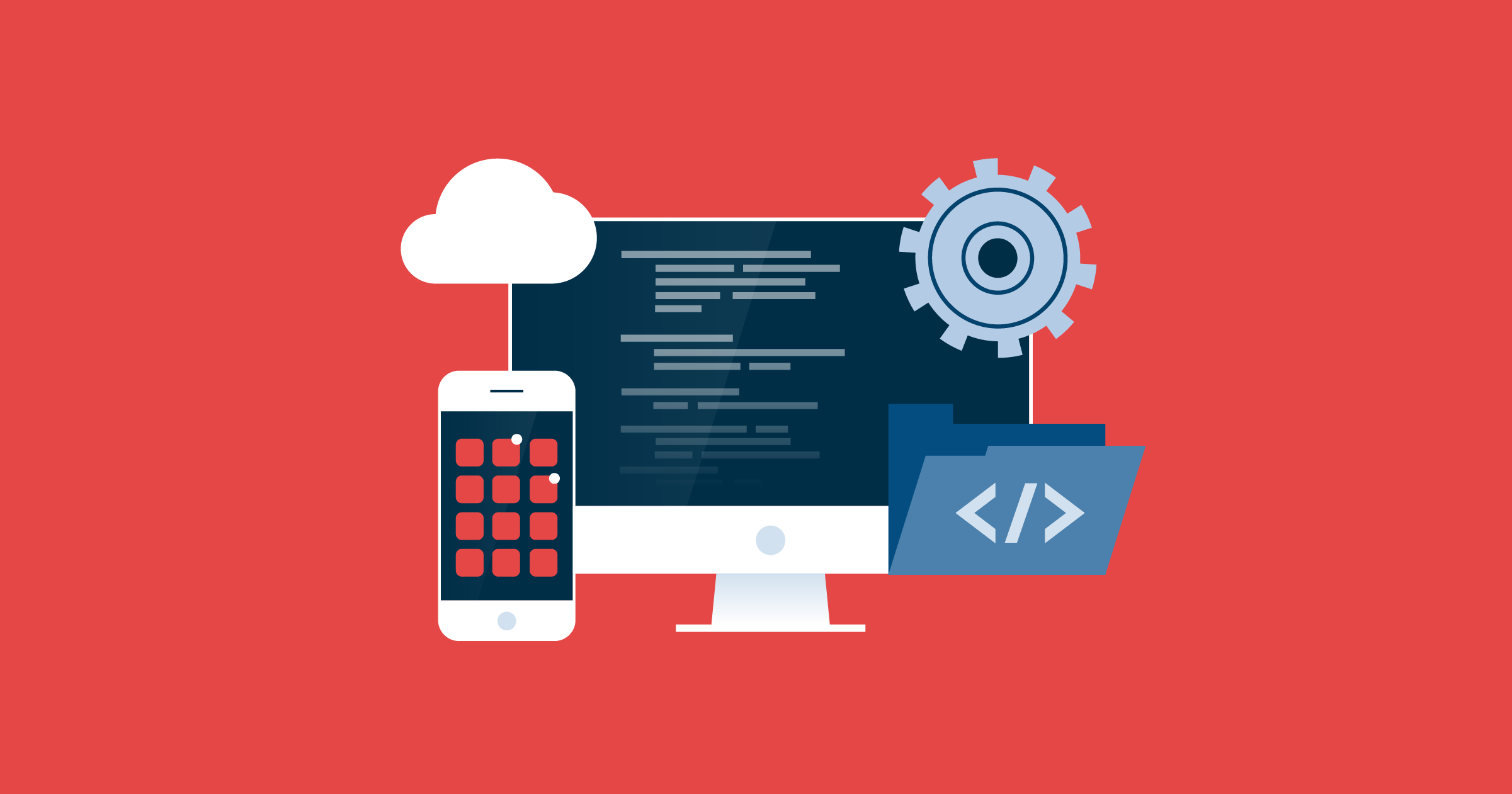Unraveling the Science Behind Software: Bridging the Gap Between Logic and Creativity

Unraveling the Science Behind Software: Bridging the Gap Between Logic and Creativity
In the contemporary digital landscape, software reigns supreme as the cornerstone of modern technology. From powering our smartphones to managing complex business operations, software is omnipresent, shaping our daily lives in ways both conspicuous and subtle. But what lies beneath the sleek interfaces and seamless functionalities? What constitutes the essence of software, and how does it operate? To comprehend the intricacies of software, one must delve into the amalgamation of science and art that underpins its creation and functionality.
Logic at the Core:
At its core, software is a manifestation of logic. It operates based on algorithms, a set of instructions designed to perform a specific task or solve a particular problem. These algorithms form the building blocks of software, guiding its behavior and dictating its responses to various inputs. From simple arithmetic calculations to complex machine learning models, algorithms serve as the backbone of software logic, enabling it to process information and execute tasks with precision.
The Language of Machines:
Software speaks the language of machines, primarily through programming languages. These languages serve as the means of communication between human developers and computer systems, allowing them to convey instructions and commands effectively. Programming languages vary in syntax and structure, catering to diverse needs and preferences within the developer community. Whether it's the elegance of Python, the versatility of JavaScript, or the efficiency of C++, each language offers unique capabilities and features, shaping the landscape of software development.
The Art of Design:
Beyond its logical underpinnings, software embodies an element of creativity through design. User experience (UX) and user interface (UI) design play pivotal roles in shaping how users interact with software, influencing their perceptions and behaviors. Designers meticulously craft interfaces, considering factors such as aesthetics, accessibility, and functionality to create seamless user experiences. Through the judicious use of colors, typography, and layout, they transform code into visually appealing and intuitive interfaces that resonate with users on a profound level.
Data-driven Insights:
In an era defined by data abundance, software serves as a conduit for extracting actionable insights from vast datasets. Techniques such as data mining, machine learning, and artificial intelligence empower software to analyze complex data patterns, uncover hidden correlations, and make informed predictions. Whether it's optimizing business processes, personalizing user experiences, or predicting market trends, data-driven software harnesses the power of information to drive innovation and efficiency across diverse domains.
The Evolutionary Imperative:
Software is not static; it evolves in response to changing needs and technological advancements. Continuous integration, continuous delivery (CI/CD) pipelines facilitate the seamless deployment of updates and enhancements, ensuring that software remains relevant and adaptive in a dynamic environment. Moreover, open-source communities foster collaboration and knowledge sharing, accelerating the pace of innovation and democratizing access to cutting-edge technologies. Through iterative development and community-driven initiatives, software undergoes a perpetual cycle of refinement and innovation, pushing the boundaries of what's possible.
Conclusion:
In essence, software embodies the marriage of science and art, blending logical rigor with creative expression to produce transformative technologies. It operates on principles of logic, expressed through algorithms and programming languages, while also embracing the art of design to deliver intuitive and engaging user experiences. Moreover, it leverages the power of data and continuous innovation to drive progress and unlock new possibilities. As we navigate an increasingly digital world, understanding the science behind software is paramount, empowering us to harness its potential for positive change and innovation.
- Arts
- Business
- Computers
- Games
- Health
- Home
- Kids and Teens
- Money
- News
- Recreation
- Reference
- Regional
- Science
- Shopping
- Society
- Sports
- Бизнес
- Деньги
- Дом
- Досуг
- Здоровье
- Игры
- Искусство
- Источники информации
- Компьютеры
- Наука
- Новости и СМИ
- Общество
- Покупки
- Спорт
- Страны и регионы
- World


